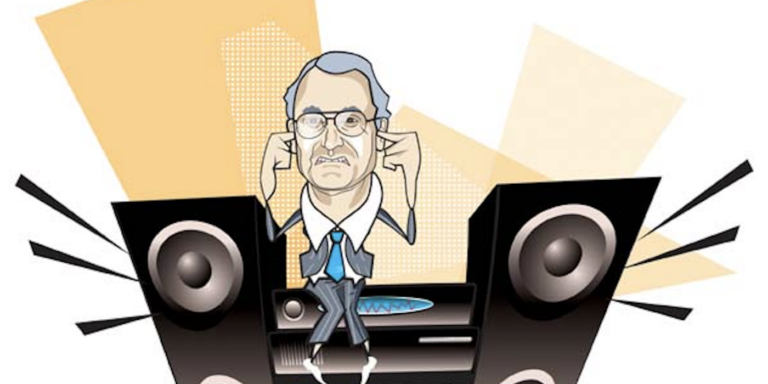We see variable damping systems on Ferrari, Maserati, Jaguar, BMW, Mercedes, Rolls-Royce and others. If you do it right it can more or less solve the conundrum of combining low-speed ride comfort and the body control required at high speed. A good example of CVD on cheaper cars is the Sachs CDC system, optional on the new (in 2004) Vauxhall Astra. A 2-litre SRi I drove showed a nicely judged balance between ‘Normal’ and ‘Sport’ but once again I was aware that if a car is ‘loosely’ damped enough to make it breathe at low speeds, unsprung mass control tends to get worse, and as a consequence there is more shake. And shake (driven or underdamped) makes a car feel trashy.
Why bother being high-tech? The new Ford Focus stays as the class benchmark, perhaps even further ahead than its rivals. It has been universally acclaimed because it addresses the rawness of the old model without messing up the dynamics. Another passive benchmark is surely the Lamborghini Gallardo. With a hub height wheel recession rate of well over 2,200N/mm front and rear, rubber band tyres, and a very high rear ride frequency (around 2Hz), it shouldn’t have any rolling comfort or road noise suppression at all, but it does. Furthermore, it doesn’t shake. How much of this quality feel is due to Koni’s simple and neatly conceived FSD damper automatically softening at high frequencies is unknown, but I suspect, quite a lot.
On luxury cars, variable damping is becoming universal; combined in many cases with one of the ride and handling engineer’s least favourite’ appendages – air springs. These springs continue to cause small bump ride issues, due, it seems, to their inherent hysteresis. A colleague pointed out to me that on heavy cars with friction-laden multi-link suspensions, the negative effects are somewhat masked. The big advantage is the easy ride height levelling and adjustment capability, which in fact might be more useful on lighter family cars, where ride height changes are greater between different loads.
Another unpleasantness to be mastered is the increasing imposition of run-flat tyres. Those I have driven were a disaster for ride comfort, due presumably to their stiffness and mass. Handling precision and transient stability suffered as well.
There is a big future for the active anti-roll systems already found on BMW, Land Rover, Citroën and Mercedes (acting on the spring/damper units in the latter case), as Delphi, Tenneco and TRW are in this market. Once you can vary anti-roll bar stiffnesses according to speed and steering wheel angle/velocity, there is the opportunity to de-couple ARBs (as in the BMW case) for straight-line comfort over uneven surfaces, and to re-couple them for cornering. Variable roll stiffness distribution should also allow the possibility of low-speed agility and high-speed stability.
My view is that high-bandwidth active suspension is pretty much a waste of time for production cars, so I was intrigued to see that Bose – famed maker of audio systems – has come up with yet another variation on the theme. Useful information was hard to come by, but in this instance the hydraulic actuators of a Lotus-type active system have been replaced with linear electric motors (weight?) whose girth appears to determine that there is no space for a coil spring (to carry the static weight of the car). This means that torsion bars have to be used, invoking, as usual, mega mounting loads and potential problems with achieving the required longitudinal compliance. I am at a loss to understand why you would want to replace a hydraulic actuator (which is quite light, works in aircraft, and packages within the damper space) with such a huge device.
The Bose Web site has a video of the suspension performing very independently, controlling roll, pitch, and heave modes, but Lotus Active did all that rather well (and won two Grand Prix) years and years ago. The frequency bandwidth of the Bose system is unknown, as are friction, durability and NVH implications of linear electric motors. Low power consumption is claimed, apparently due to the system’s capability of power regeneration. Sorry Bose, but it sounds like smoke and mirrors to me.
So where is the future for the majority? The obsession with handling has gone far enough. We need cars with no complex systems that go fastish, and do lots to the gallon. Above all we need cars that are quieter and ride better on the UK’s rough aggregate and concrete surfaces. In that respect I always think back to Peugeots of old….





